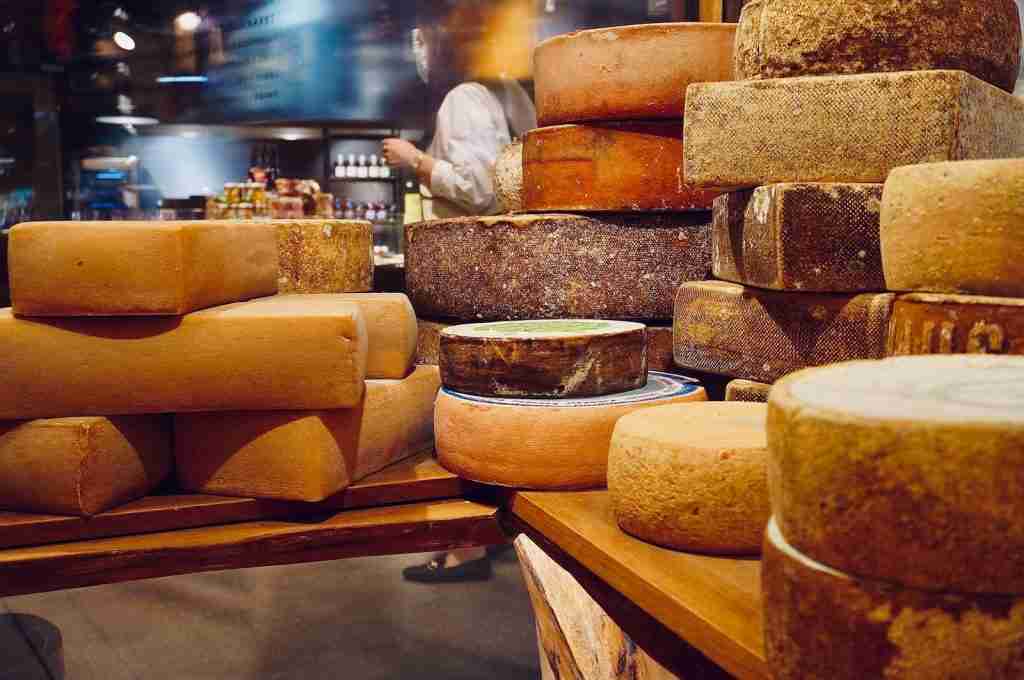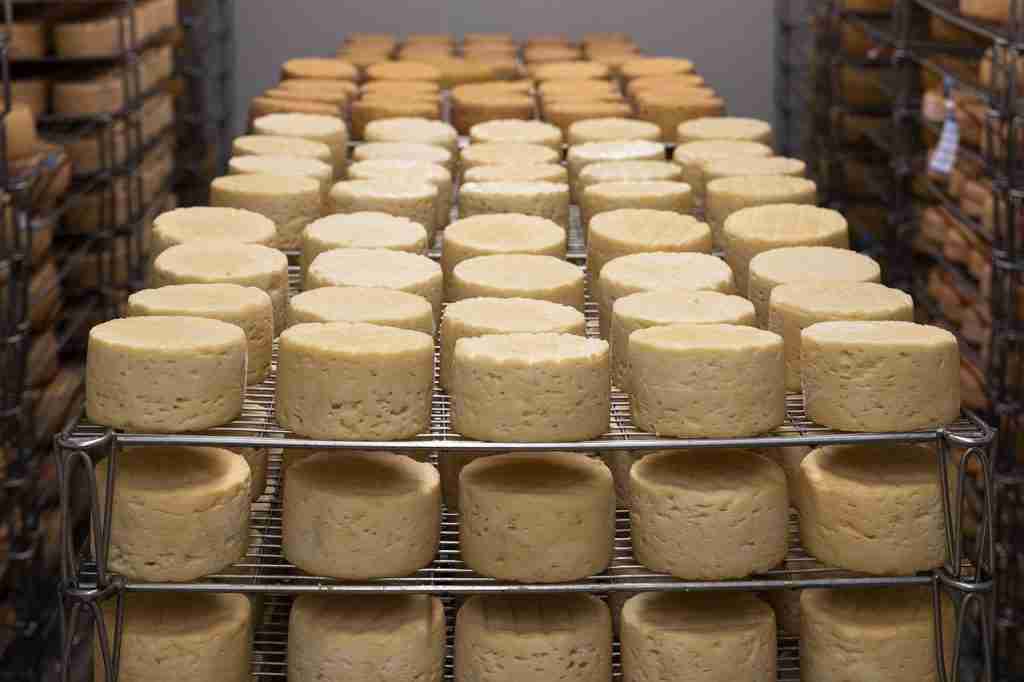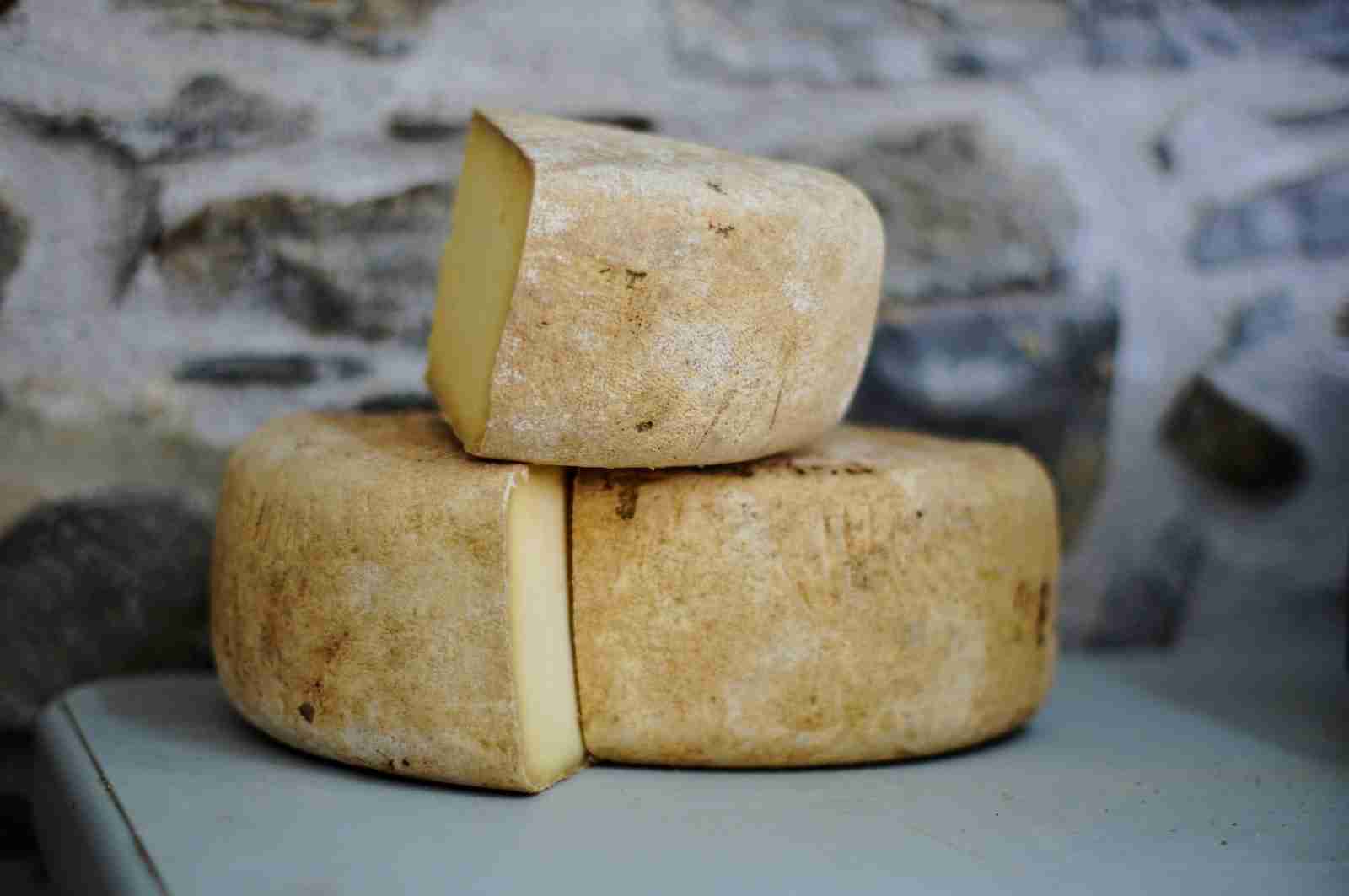25 Fun Facts About Cheese That Will Make You Say Cheese!
1. Cheese has been around for at least 7,000 years.
The exact origins of cheese are unclear, but it is believed to have been discovered accidentally by early nomadic tribes who carried milk in bags made from animal stomachs.
The rennet in the stomachs caused the milk to curdle, resulting in the creation of cheese. Over time, different cultures developed their own unique cheese-making methods and varieties, leading to our diverse range of cheeses.
2. The first cheese factory in the United States was established in 1851.
Prior to this, cheese was made on small farms and in homes. The factory, located in New York State, produced cheddar cheese using milk from local farmers.
As the demand for cheese grew, more factories were established throughout the country, leading to increased production and distribution.
3. The world’s largest cheese was made in 2010 and weighed over 57,000 pounds.
The cheese was created in Italy and was a wheel of Parmigiano-Reggiano, a hard, aged cheese.
It took over 80,000 gallons of milk to make the cheese, which was aged for over two years before it was unveiled to the public.
4. How did cheese get its name?

The word “cheese” has its origins in the Latin word “caseus,” which referred to the product of curdled milk. This word was adopted into Old English as “cyse,” which eventually became “cheese” in Modern English.
The etymology of “caseus” is uncertain, but it is thought to be related to the Sanskrit word “kshīra,” which means “milk.”
5. The term “cheesehead” originated in Wisconsin.
The term refers to a fan of the Green Bay Packers football team, who often wear foam hats shaped like cheese wedges to games.
The tradition began in the 1980s and has since become a symbol of Wisconsin pride.
6. The blue veins in blue cheese are actually mold.
The mold, called Penicillium roqueforti, is intentionally added to the cheese during the manufacturing process. The mold gives the cheese its distinctive blue veining and pungent flavor.
Blue cheese is just one example of the many kinds of cheese that are intentionally inoculated with mold during production.
7. The Swiss have the highest per capita consumption of cheese in the world.
In fact, the average Swiss person consumes over 21 kg (46 lbs) of cheese per year. Cheese is a staple of the Swiss diet, with popular varieties including Emmental, Gruyère, and Appenzeller.
Cheese is often eaten as a snack, in sandwiches, or melted on top of dishes such as fondue and raclette.
8. What is the oldest cheese in history?
The oldest cheese in history is a sample found in the tomb of Ptahmes, the mayor of the ancient Egyptian city of Memphis.
It was discovered in 2018 and is estimated to be around 3,200 years old. The cheese was made from a mixture of cow and goat milk and had a solid, white appearance.
Its discovery provides insights into ancient dietary habits and food production techniques.
9. Cheese is a great source of calcium, protein, and vitamin D.

One ounce of cheese contains roughly 20% of the recommended daily intake of calcium, which is important for bone health.
Cheese is also a good source of protein, with one ounce of cheese containing around 7 grams of protein. Some types of cheese, such as cheddar, are also fortified with vitamin D, which helps the body absorb calcium.
10. The French consume the most cheese per person each year.
A French cheese fact: The average French person consumes around 25 kg (55 lbs) of cheese per year. Cheese is an important part of French culture and cuisine, with over 1,000 different varieties of cheese produced in France.
Popular French cheeses include Brie, Camembert, and Roquefort.
11. Some cheese varieties, such as Parmesan and cheddar, can be aged for several years.
Aging cheese can change its flavor and texture, making it sharper and more complex. A fun fact about Parmesan cheese is that it can be aged for up to 36 months, resulting in a hard, crumbly texture and nutty flavor.
Cheddar cheese can also be aged for several years, resulting in a sharp, tangy flavor.
12. Cheese can be made from the milk of cows, goats, sheep, and even buffalo.
Each type of milk produces a different flavor and texture of cheese. Cow’s milk is the most common type of milk used to make cheese, with popular varieties including cheddar, mozzarella, and Gouda.
Goat’s milk is used to make tangy, creamy cheeses such as feta and goat cheese. Sheep’s milk is used to make rich, flavorful cheeses such as Roquefort and Pecorino.
Finally, buffalo milk is used to make rich, creamy cheeses such as mozzarella di bufala.
13. The Netherlands is the largest exporter of cheese in the world.
The country produces over 800,000 metric tons of cheese each year, with Gouda being the most popular variety.
Dutch cheese is exported to over 100 countries around the world, with Germany, Belgium, and the United States being the top importers.
14. In ancient times, cheese was used as a form of currency.
The cheese was highly valued for its long shelf life and portability, making it an ideal form of payment for soldiers and traders.
The Roman army, for example, was known to pay its soldiers in cheese, and the word “pecuniary” (meaning related to money) comes from the Latin word for cheese, “pecus”.
15. The world’s most expensive cheese is made from moose milk and costs over $1,000 per pound.
The cheese, called “Pule”, is produced in Serbia and is made from the milk of the endangered Balkan donkey.
The cheese is incredibly rare and difficult to produce, with each donkey producing only a small amount of milk per year.
16. Cheese can come in various colors, including white, yellow, and orange.
The color of the cheese is determined by the type of milk used to make it and the addition of natural or artificial coloring agents.
Cow’s milk cheese is typically white or yellow, while sheep’s milk cheese is often white or off-white. Some cheeses, such as Mimolette, are naturally orange due to the addition of a natural coloring agent called annatto.
17. There are over 1,800 varieties of cheese in the world.
Cheese is produced in nearly every country around the world and comes in a wide range of flavors, textures, and shapes. Some popular varieties include cheddar, Brie, Gouda, and feta.
18. Cheese can be sweet, salty, or spicy, depending on the variety.
Some cheeses, such as Gorgonzola, have a strong, tangy flavor, while others, such as ricotta, are mild and creamy.
Some cheeses, such as goat cheese, have a slightly sweet flavor, while others, such as blue cheese, can be quite salty.
19. Some cheese varieties, such as Limburger, have a strong odor.
The smell of cheese is caused by the presence of bacteria and other microorganisms during the aging process.
Limburger cheese, for example, has a pungent, earthy aroma that is often compared to sweaty socks.
20. Cheese is often paired with wine, crackers, and fruit.
The flavors and textures of cheese can be enhanced by pairing it with complementary foods and beverages.
Red wine, for example, pairs well with strong, aged cheeses such as cheddar and parmesan, while white wine is often paired with milder, creamier cheeses such as Brie and goat cheese.
21. The word “cheddar” comes from a village in England where cheese was first made.

Cheddar cheese has been produced in the Somerset village of Cheddar since the 12th century.
The cheese was originally made from the milk of local cows and was aged in the natural caves of the area.
22. The mold used to make Roquefort cheese can only be found in specific caves in France.
Roquefort cheese is made from the milk of sheep that graze on the plateaus of the Combalou caves in the south of France.
The caves are home to a specific type of mold called Penicillium roqueforti, which gives the cheese its distinctive blue veins and tangy flavor.
23. Cheese is the most stolen food in the world.
According to a survey by the British Cheese Board, over half of the cheese thefts occur in the workplace, with coworkers stealing cheese from each other’s lunches.
In some cases, entire shipments of cheese have been stolen from delivery trucks.
24. The average American eats about 35 pounds of cheese per year.
This equates to roughly 3 pounds of cheese per month. Cheese is a popular ingredient in American cuisine, with popular varieties including cheddar, mozzarella, and American cheese.
Cheese is used in a wide range of dishes, from pizza and burgers to macaroni and cheese and grilled cheese sandwiches.
25. What are the names of all cheeses?
There are countless varieties produced around the world. Some well-known types of cheese include cheddar, mozzarella, brie, camembert, gouda, feta, blue cheese, parmesan, ricotta, and Swiss cheese, to name just a few.
Each country and region has its own unique varieties of cheese, each with its own distinctive flavor, texture, and production method.







